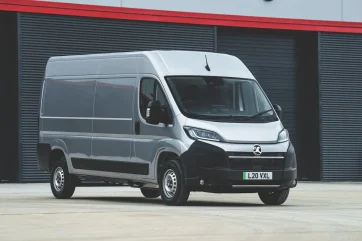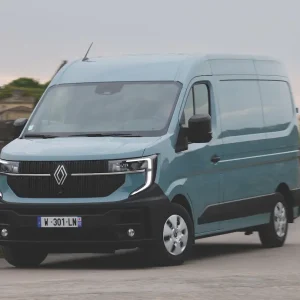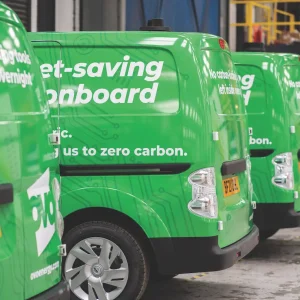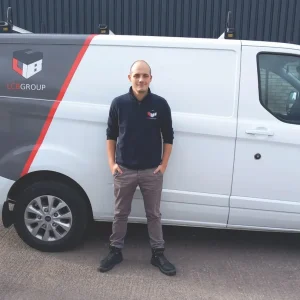
The transition away from diesel engines is, for some, a road paved with trepidation. How will an electric vehicle cover the miles? How can we charge an electric van in time when we need them on the road 24/7? How can we find room for enough chargers at the depot? There’s a million and one fears surrounding the change. Enter: the hydrogen fuel cell.
Fast filling from a familiar-looking forecourt in the time it takes to fill a diesel tank. A mileage range similar to a diesel engine van. No need for vehicles to be parked up at base charging for hours on end. It’s the answer to so many questions that fleet managers are asking themselves and others.
Of course, if it were that simple we’d probably skip battery electric vehicles (BEV) altogether and go straight to hydrogen, but the catch is there’s no hydrogen and certainly no infrastructure to provide it. Of course, that will change, and that’s why manufacturers have begun devoting their time and money to delivering a hydrogen solution.
At the forefront of the OEM pack is Vauxhall. Chosen as the lead partner for the Stellantis group of light commercial vehicles, the Movano Hydrogen is actually their second H2-powered vehicle in as many years.
Initial development work was carried out using the medium van platform, and although only a handful of Vivaro vans propelled by hydrogen have made it to the UK (still in left hand drive), there are big plans for their large van.
Not only can the bigger van be more easily converted to right-hand-drive, but the UK is more of a natural fit for hydrogen in a large van.
Europe is set to get a major network of hydrogen refilling stations, taking the current level from around 150 stations in 2024 to in excess of 500 by 2030. These will be strategically placed along the major trunk routes in EU countries with one refuelling station positioned roughly every 200km. This, it is claimed, will created a ‘corridor’ of refuelling at a pressure of 700 bar suitable for passenger cars and LCVs. While the UK isn’t part of the planned roll out, plans are in place for a network which could – for those in the right area – make hydrogen viable.
But what is the alternative to a diesel van, and why is it the What Van? Editor’s Choice?
In essence, there’s very little difference between the hydrogen vans and their
BEV counterparts. The hydrogen van has a blend of fuel cell and battery, with a 45kW fuel cell linked to an 11kWh battery. There’s 7.2kg of hydrogen located in tanks beneath the loadspace floor which is enough to give around 500km or range.
Power comes from a 110kW electric motor – which also makes it comparable to both BEV and diesel vans – and with 410Nm of torque, it’s also not lacking for low-end grunt either, despite a 2,794kg kerb weight.
It’s a best of both worlds solution that will give customers diesel performance but also a small amount of electric-only range to enable them to continue to recharge until they are able to fully refill the tanks with hydrogen. For many customers, this is where the hydrogen Vauxhall van becomes a useable and even logical choice, and why we see it as a strategic alternative to BEV or full hydrogen. Available in two sizes with either an L3H2 or L4H3 length and height, the hydrogen large van will cover load volumes from 13m3 to 17m3 with a payload of up to 1,370kg thanks to its 4.25kg GVW.
Importantly, and unlike most BEVs, that’s close to payload and volume parity to a diesel van.
Building an eco-system to support both electric vans and hydrogen vans will always be something of a chicken and egg scenario. While it’s far simpler to solve the charging solution yourself for electric vehicles, the benefits of hydrogen – particularly for those that need to travel long distances or who can’t afford downtime for charging – will mean that they can both live in parallel, providing a public network is created to help fuel the vehicles.
With the ZEV mandate, we are reaching a tipping point where mass EV adoption needs to happen, but for those companies reluctant to go down the battery-only route, alternatives like the hydrogen Movano will provide a game-changing option or perhaps a stepping stone, until battery technology can truly compete with ICE vehicles for range, refuelling times and most importantly of all, price.





